Description
Electric Potentiometer with ignition
Manual speed control with potentiometer and ignition system with 0-1-2 wall mounted selector for ventilation. By turning the shaft of the potentiometer, we change the amount of resistance on either side of the wiper which is connected to the center pin of the potentiometer. This changes the relative “closeness” of that pin to 5 volts and ground, giving us a different analog input.
by adjusting the position of its sliding or rotating contact along a resistive element. This resistive element is typically made of a material with a uniform resistance per unit length. As the contact moves, it changes the resistance between its terminals.
How it works
A potentiometer works by balancing the voltage across an unknown voltage source against a calibrated portion of a uniform slide wire. It can be used to measure voltage, current, resistance, and power through calibration against known standard cells and resistors.
A potentiometer is a three-terminal resistor with a sliding or rotating contact that forms an adjustable voltage divider. If only two terminals are used, one end and the wiper, it acts as a variable resistor or rheostat. A three-terminal circuit element that consists of a resistor and a moving contact. They can be used as a voltage divider, which splits an input voltage into two voltages that add up to the input voltage, or a variable resistor. Potentiometers can be classified as linear or rotary.
It is important to note that potentiometers are passive components, meaning they do not necessitate a power supply or additional circuitry to operate.
Connect the voltmeter’s terminals to the input and output terminals on the pot. Turn the voltmeter on and turn the dial to feed a signal. Turn the knob on top of your pot to adjust the signal. If the signal reading on the voltmeter goes up and down when you turn the knob, your potentiometer works.
- Connect one end of the potentiometer to the ground.
- Connect the other end of the potentiometer to the power supply.
- Connect the wiper terminal to the input or output of the circuit.


























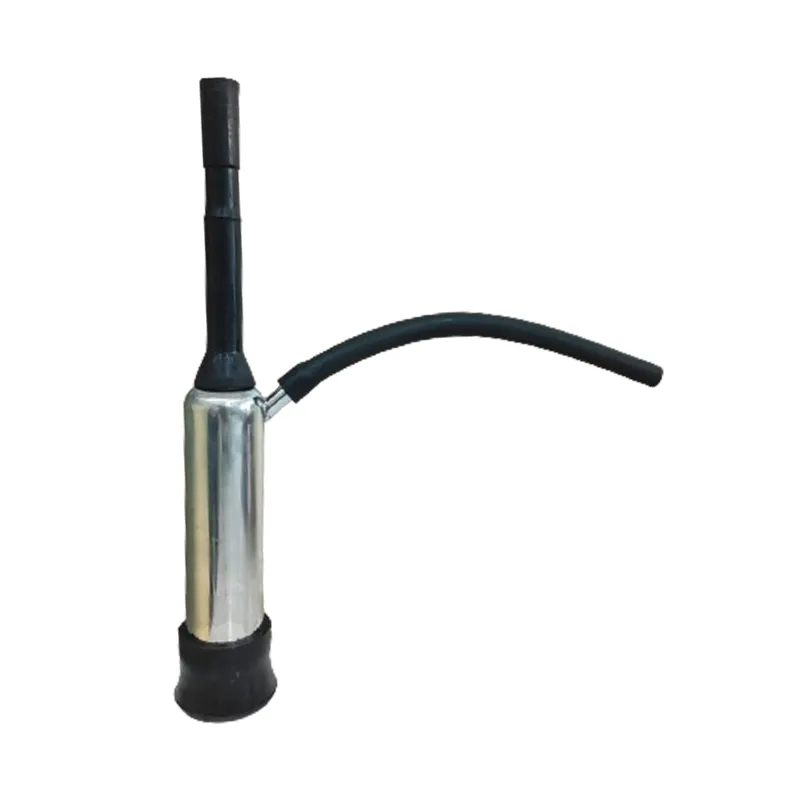
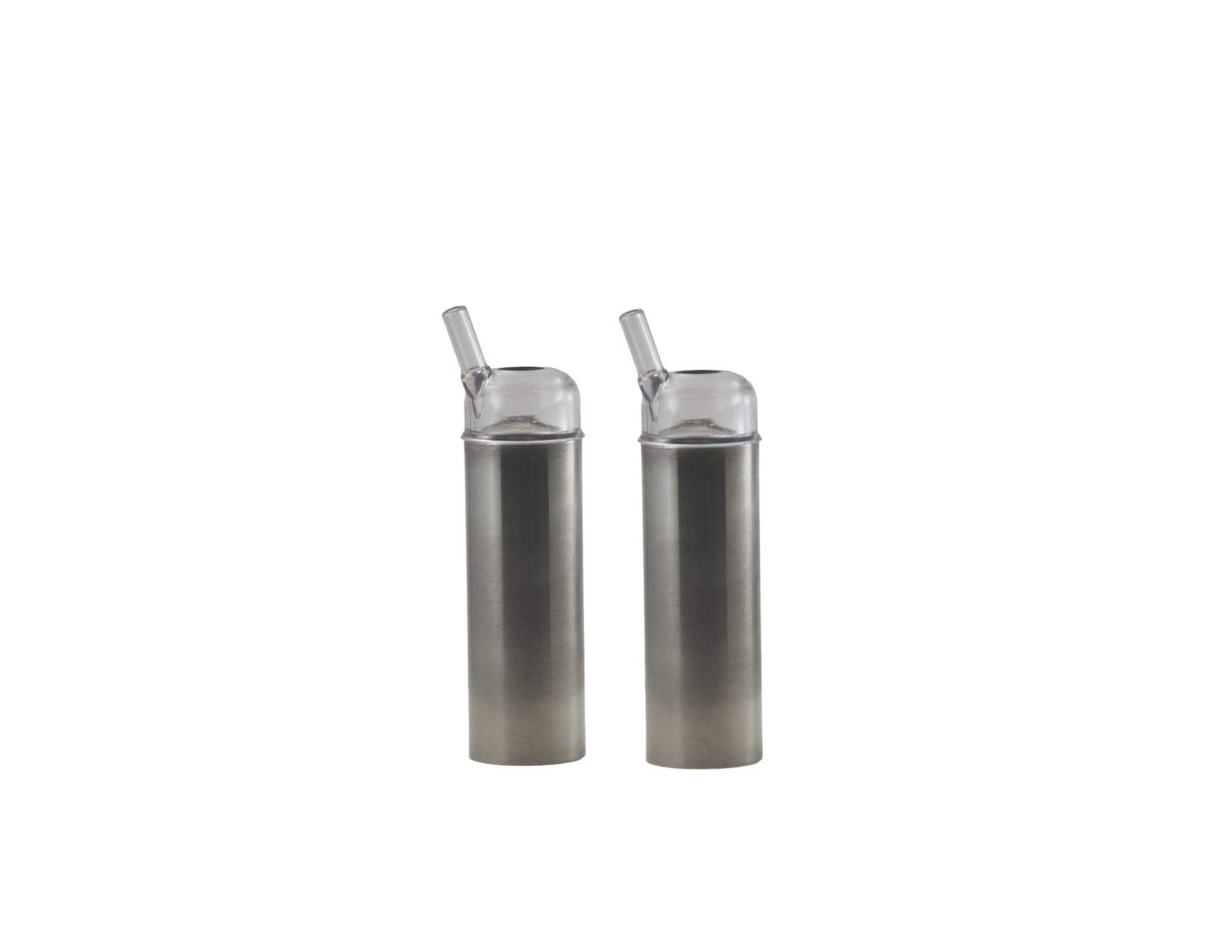
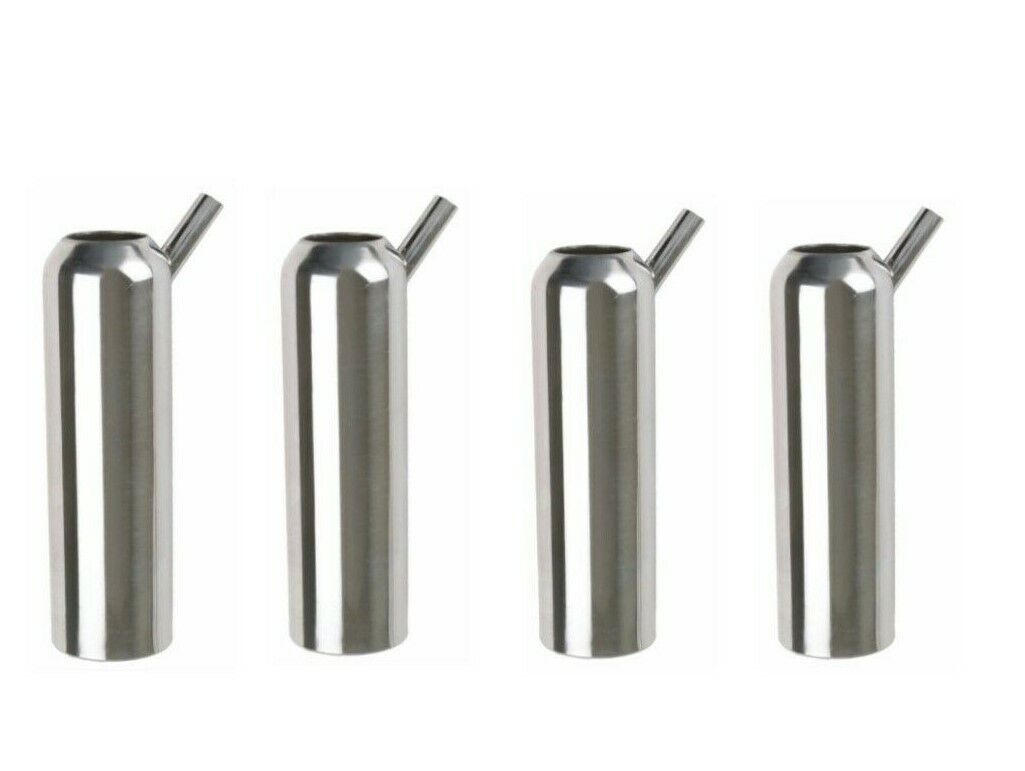
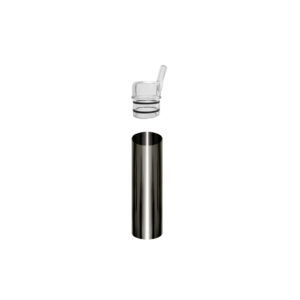









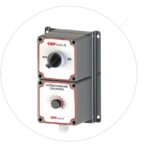
Reviews
There are no reviews yet.